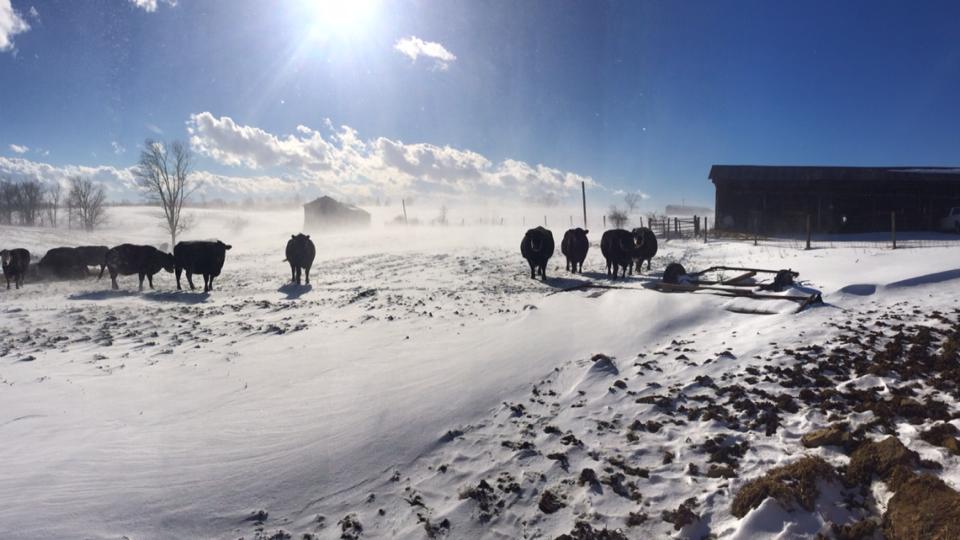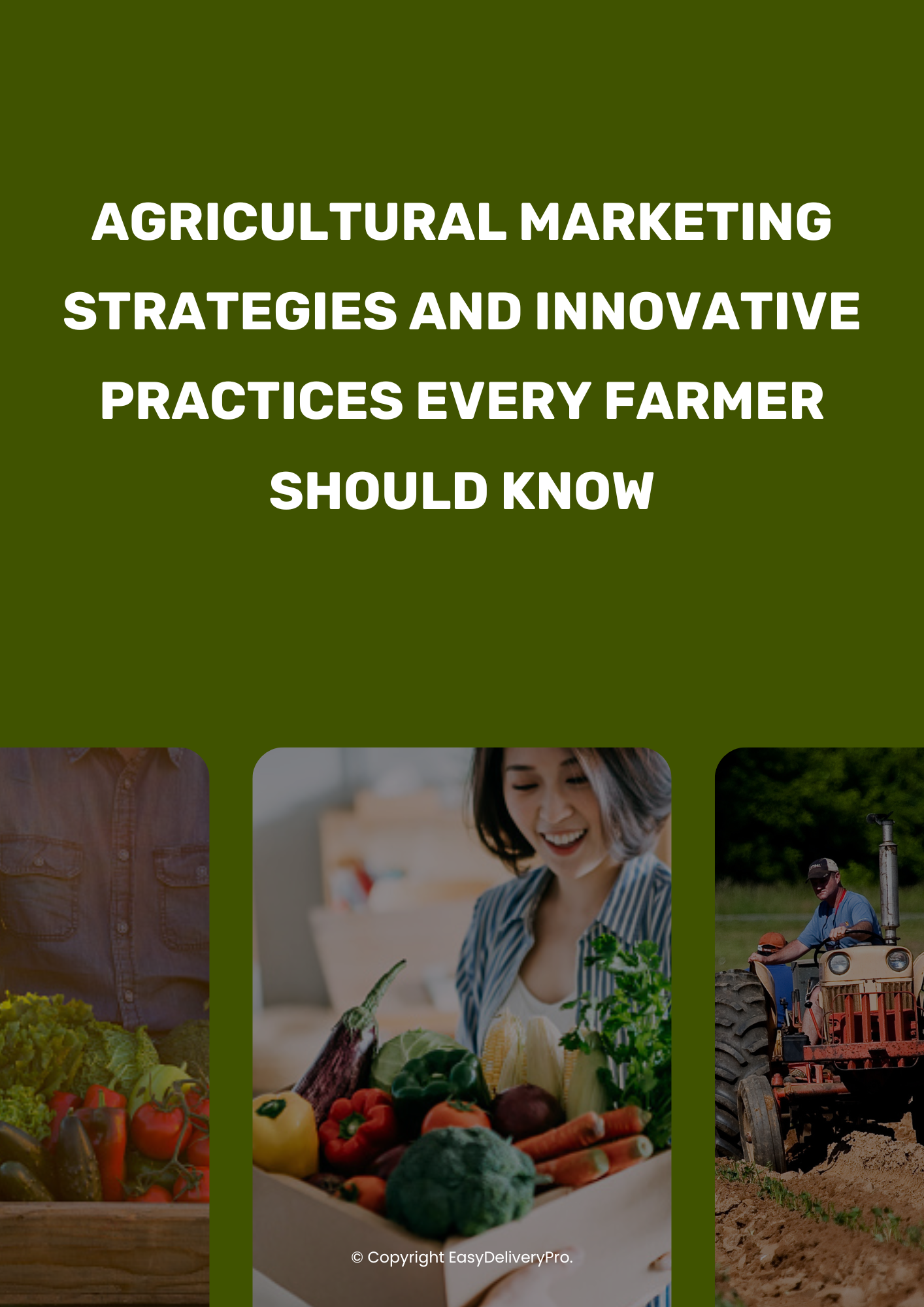Discover how small farmers are innovating to compete with giants like Amazon Fresh, emphasizing sustainability, community, and local authenticity.
As any farmer knows, the winter months can be tough on both humans and animals. The cold weather and shorter days can make farm work more challenging, and the extra workload can be taxing on both body and mind. However, there are some things that farmers can do to help themselves and their animals get through the winter months.

Here are some winter survival tips for the cattle farm:
As the weather begins to turn cold, it's important to take steps to make sure your cattle are healthy and comfortable. One of the main challenges they'll face is staying warm. Cattle are infamous for their poor insulation, and they can quickly lose body heat in colder temperatures. As a result, they need extra energy to maintain their body temperature. Hay, corn, and other high-energy feeds will help them meet this need. It's also important to supplement their diet with vitamins and minerals to keep them healthy during the winter months. By taking these simple steps, you can help your cattle weather the winter months in good health.
Read More: 6 Benefits Of Sustainable Agriculture
Cattle are susceptible to cold stress when the temperature drops below their critical temperature. Their critical temperature is the temperature at which their body starts to lose heat faster than it can generate it. When this happens, their body begins to shut down non-essential functions in order to conserve energy, and they become more susceptible to disease and injury. Cattle need protection from the wind, snow, and cold temperatures in order to stay healthy and avoid cold stress. Barns or sheds are ideal, but if you don't have one, constructing a makeshift shelter with straw bales or tarpaulins can provide some relief from the worst of the weather. Providing your cattle with a dry, sheltered area will help them weather the winter months and stay healthy.
Read More: Is Birdseed Safe For Chickens?
Water is essential for cattle all year round, but it's even more important in winter when they're at risk of dehydration from spending more time indoors. Make sure your cattle have access to clean water at all times and consider investing in a heated water trough to prevent their water from freezing. Cattle are particularly susceptible to dehydration in winter because they tend to spend more time indoors where the air is dry and they don't have access to fresh grass. If your cattle don't have access to a heated water trough, make sure you check their water regularly to ensure it hasn't frozen over. Dehydration can lead to serious health problems in cattle, so it's important to take steps to prevent it.
Read More: The Benefits Of Offering Pre-orders For Your Farm Products
In winter, cattle will spend more time indoors where the air is dry and they can't graze on fresh grass. This can lead to a number of health problems, so it's important to take steps to keep them comfortable. One way to do this is to provide them with bedding material such as straw or hay. This will help them stay warm and dry, and it will also provide them with something to do. Cattle are natural foragers, so they'll appreciate being able to root around in the bedding material. If you don't have access to straw or hay, you can use shredded paper or sawdust. Just make sure the bedding material is clean and dry to avoid any health problems.
By following these winter survival tips for the cattle farm, you can help your herd get through the coldest months of the year healthy and happy. Remember to keep them well-fed, provide shelter from the elements, and ensure their water is clean and unfrozen, and you'll be one step ahead in keeping your cattle safe this winter season.
Discover how small farmers are innovating to compete with giants like Amazon Fresh, emphasizing sustainability, community, and local authenticity.
Drive customer traffic to your online farm store with email marketing, social media, in-person tactics, and our tailored solutions. Boost your agricultural business now!
Elevate your winter chicken care with expert tips. Keep your flock warm, healthy, and productive during the chilly months.
